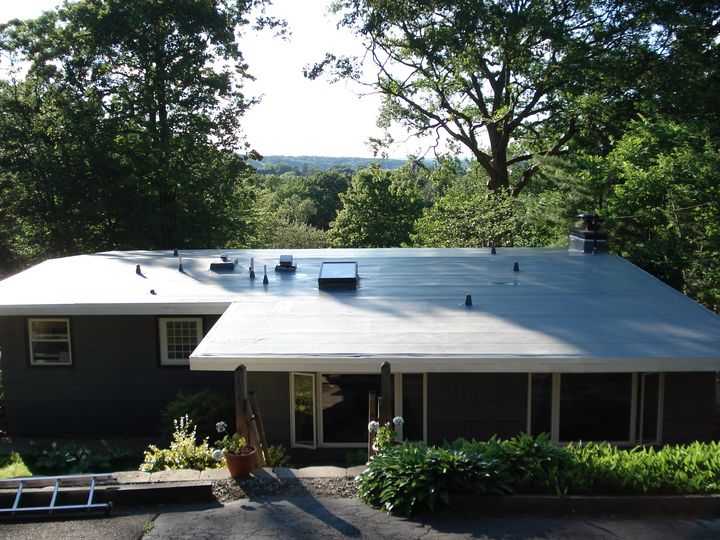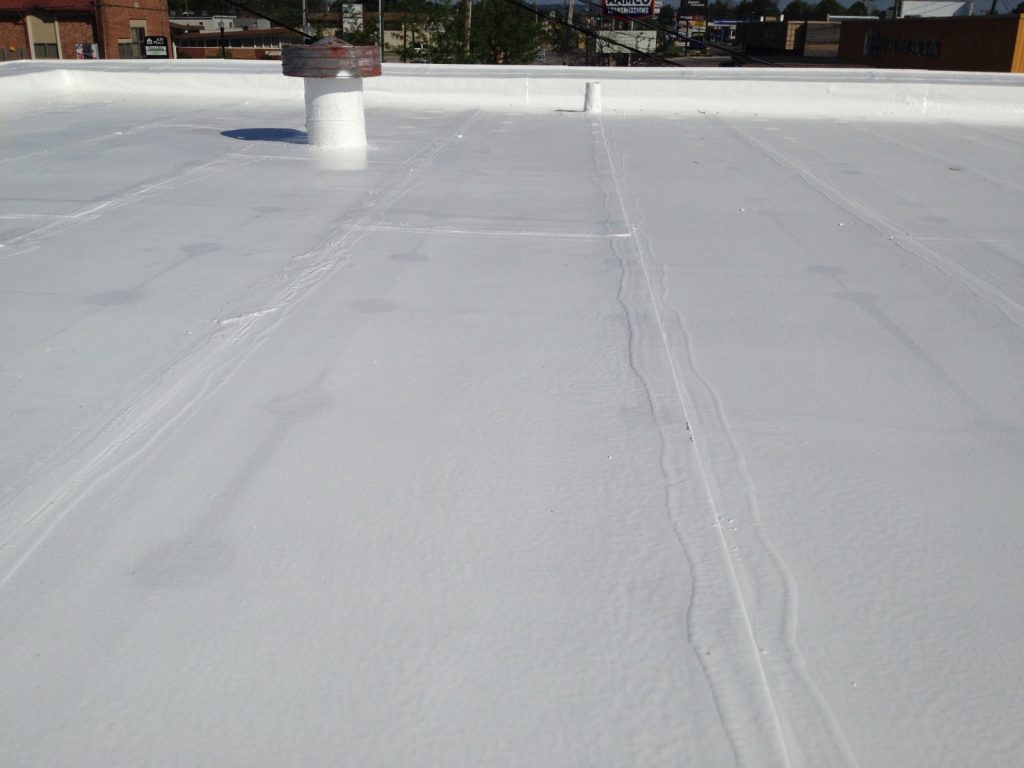Say it with me: Thermoplastic polyolefin. Yes, TPO is much easier. According to Firestone Building Products’ white paper, TPO is technically a polypropylene based plastic combined with ethylene/propylene rubber.
So, plastic and rubber, mixed is what comprises a thermoplastic roofing membrane designed primarily for low-slope roofing applications with energy-efficiency in mind.
Much of the information online boasts how TPO is increasingly popular in commercial flat roofing. The thing is, we aren’t concerned with commercial buildings, and instead focus on the membrane options available, along with the costs, for adding this material to a low-sloped residential roof.

